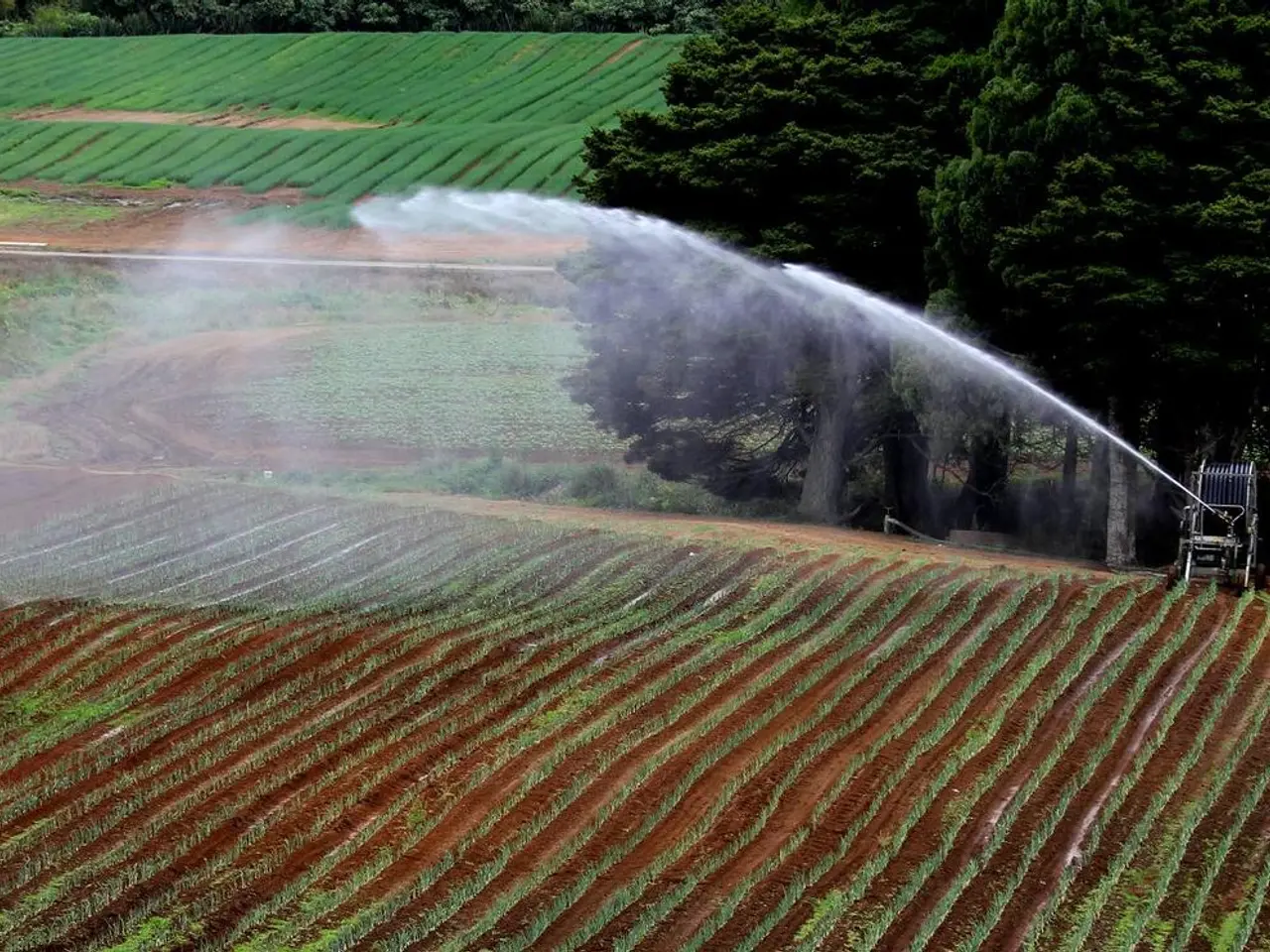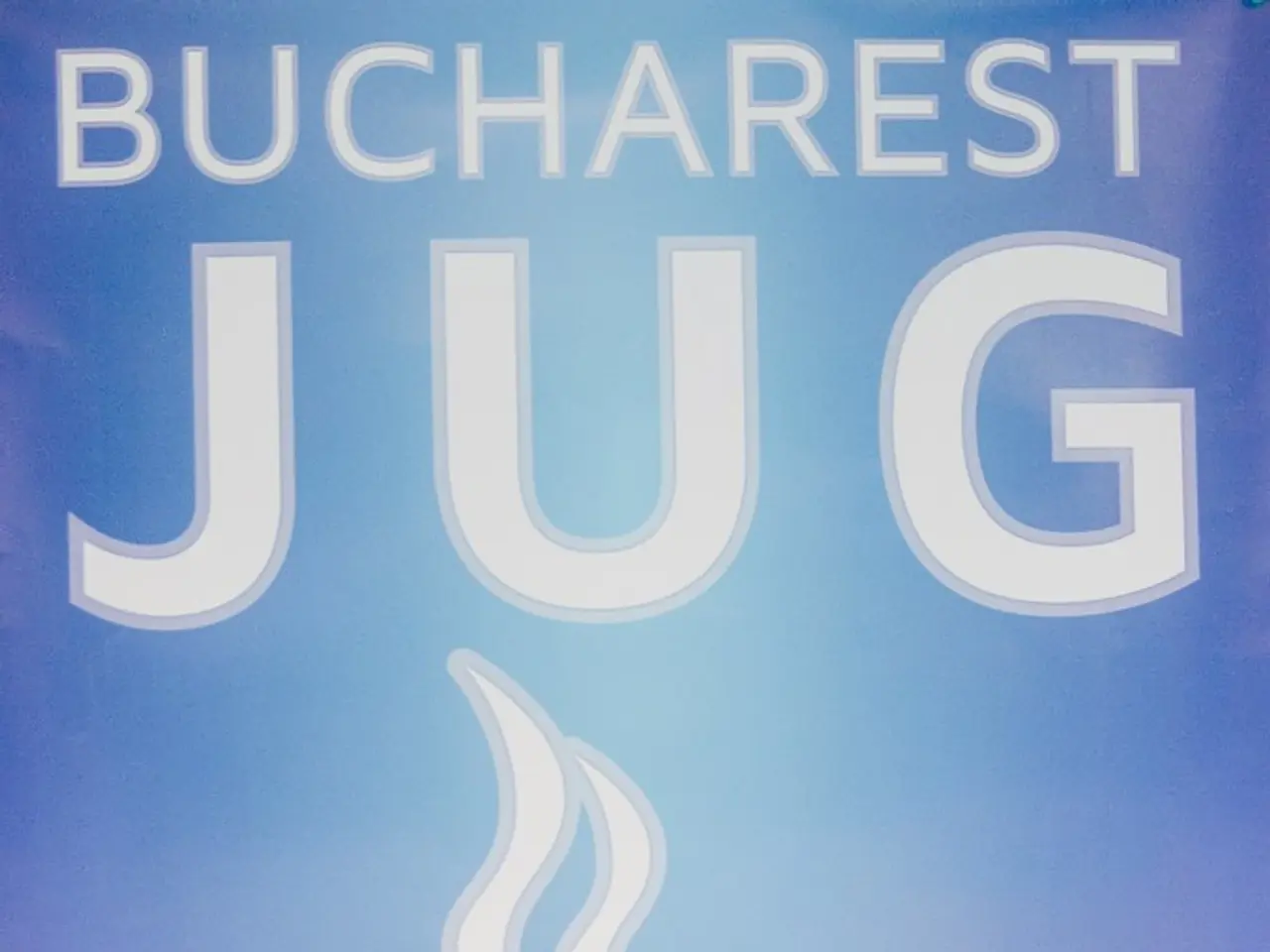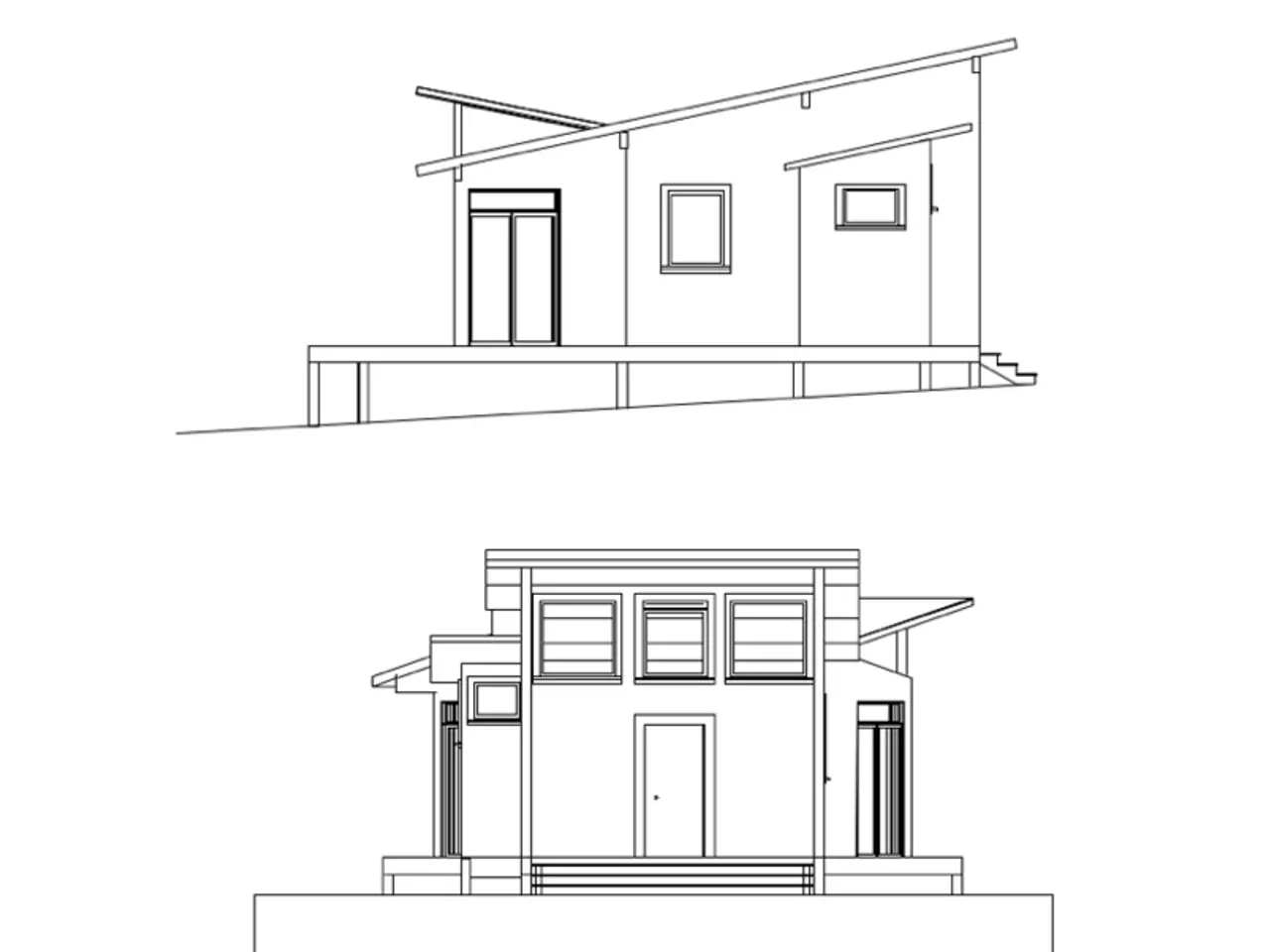Dutch initiative to acquire numerous farms with the goal of reducing agricultural nitrogen output levels
The Netherlands is actively implementing a plan to buy out large nitrogen emitters, primarily in agriculture and industry, as part of a broader strategy to cut nitrogen emissions by up to 70% by 2030. This policy was born out of a 2019 court ruling that Dutch nitrogen policies violated EU regulations, leading to a nitrogen crisis and widespread farmer protests.
Farmers' Resistance and Protests
The government’s buyout initiatives aim to reduce livestock numbers and limit farming emissions, but the plan has faced significant resistance from farmers who see these measures as threatening their livelihoods. Farmers view reductions and buyouts as existential threats and have staged protests against nitrogen regulations and restrictions on farming practices.
Legal Pressure from Environmental Groups
Environmental groups, like Greenpeace Netherlands, have taken legal action against the government for not meeting emission targets, pushing the government to implement stronger policies. In early 2025, Greenpeace sued the government, claiming it failed to achieve sufficient nitrogen emission reductions.
Regulatory Adjustments and Policy Uncertainty
The Netherlands has sought derogations under EU rules allowing higher nitrogen stocking rates for farmers, which may complicate efforts to reduce emissions effectively. There is ongoing uncertainty whether the buyout plan and related policies will lead to long-term environmental progress or be diluted under political and social pressure.
The Buyout Plan in Progress
The buyout plan, proposed by long-serving politician and government mediator Johan Remkes on October 5, 2021, suggests buying out 500 to 600 large nitrogen emitters, primarily agricultural operations, to allow nature to recover. However, the plan has faced criticism for its ambitious execution deadline and the potential for forced expropriation, which farmers have strongly rejected.
Despite the challenges, some buyouts have been completed, with 13 businesses in the Gelderland region reducing their nitrogen emissions by 57 tonnes. Yet, this is far from the target of 1,000 tonnes by 2025. Only a small portion of the €350 million allocated by the government for a voluntary buyout program has been spent to acquire 20 farms nationwide.
The ZLTO, a professional organization representing 12,000 farmers and horticulturists, found its members divided between strong approval and strong rejection of the Remke report's proposals. Agractie Nederland, an action group formed for a farmers' protest in October 2019, considers forced buyouts a red line.
The interplay of legal rulings, political negotiation, and environmental activism continues to shape the evolving nitrogen policy landscape in the Netherlands. As the buyout plan progresses, it remains to be seen whether it will lead to significant nitrogen emission reductions and a resolution to the nitrogen crisis.
[1] Source [2] Source [3] Source [4] Source
- The buyout plan, aimed at reducing farming emissions and promoting environmental science, has been met with resistance from the affected industry, fearing financial repercussions and loss of livelihoods.
- In the pursuit of tackling climate-change and ensuring compliance with EU regulations, environmental groups like Greenpeace Netherlands have filed lawsuits against the government to push for stricter nitrogen emission policies.
- Amidst the ongoing legal disputes and protests, the Dutch government's push to implement the buyout plan faces uncertainty as it navigates the complexities of balancing industry needs, environmental science, and potential political backlash for its long-term effectiveness.




